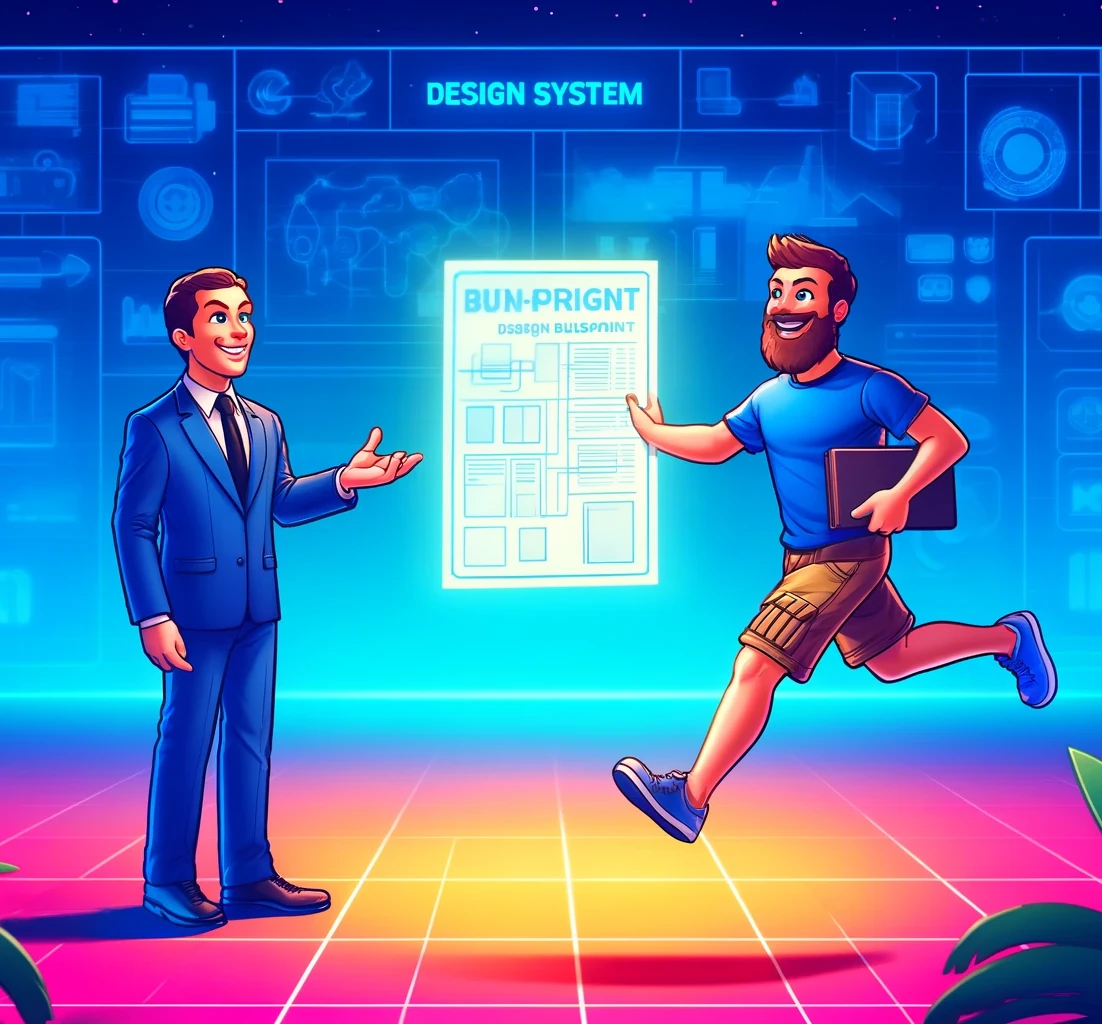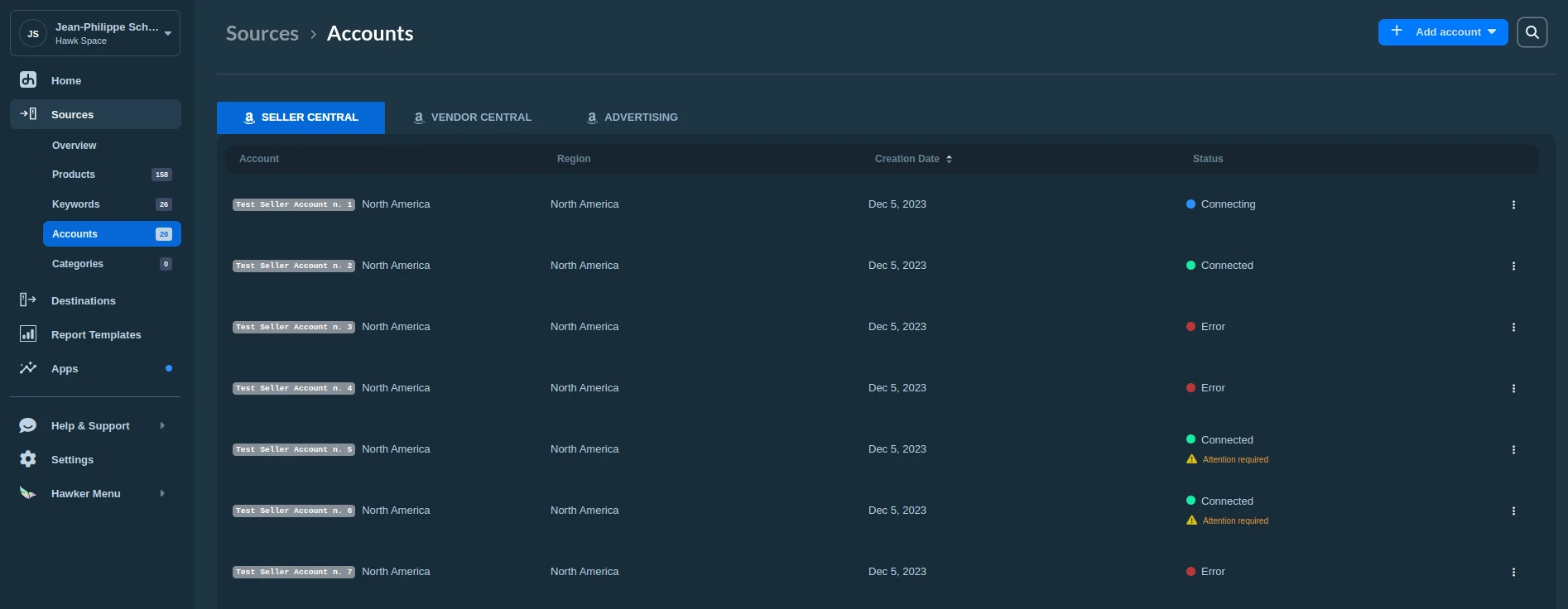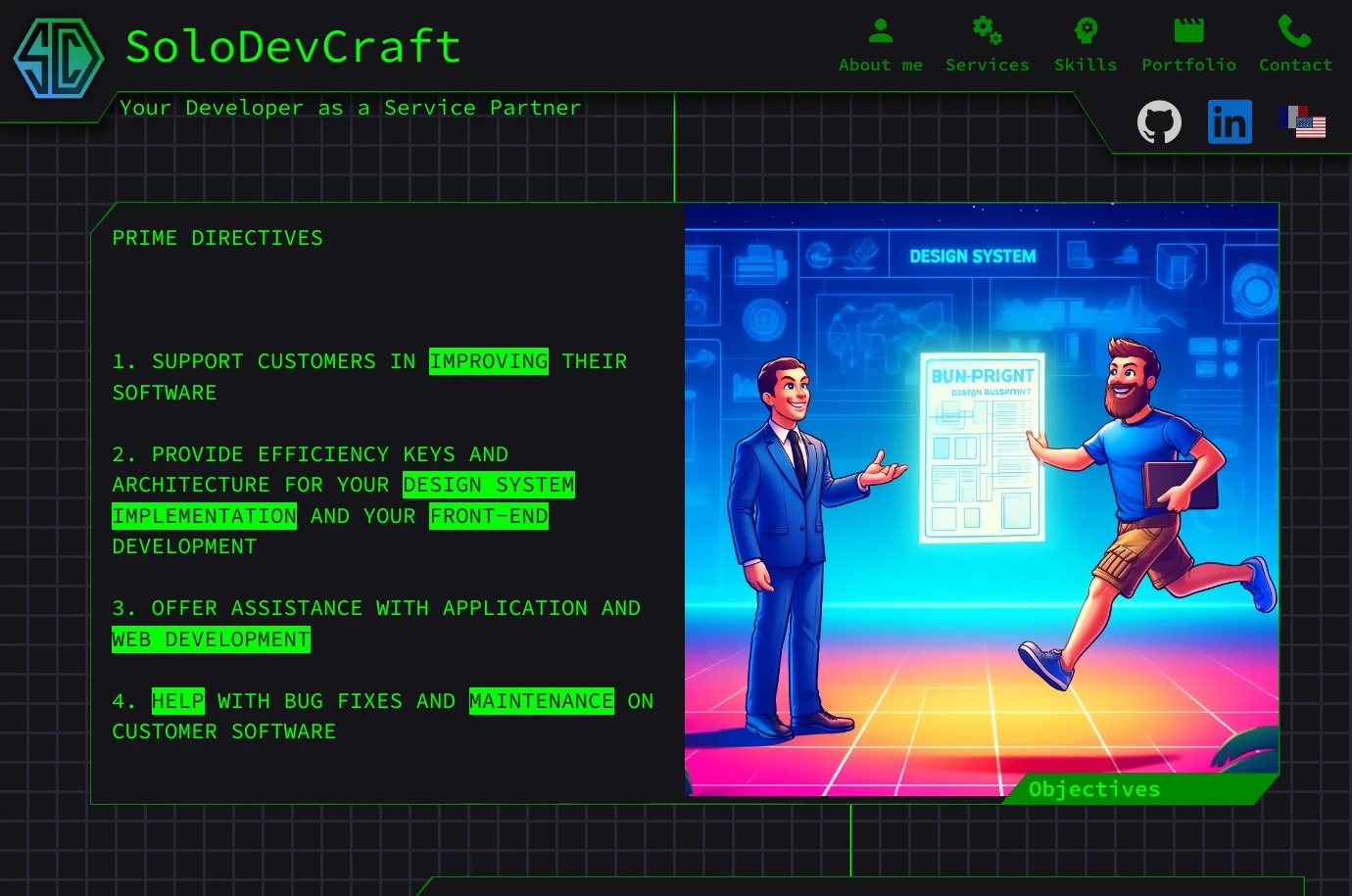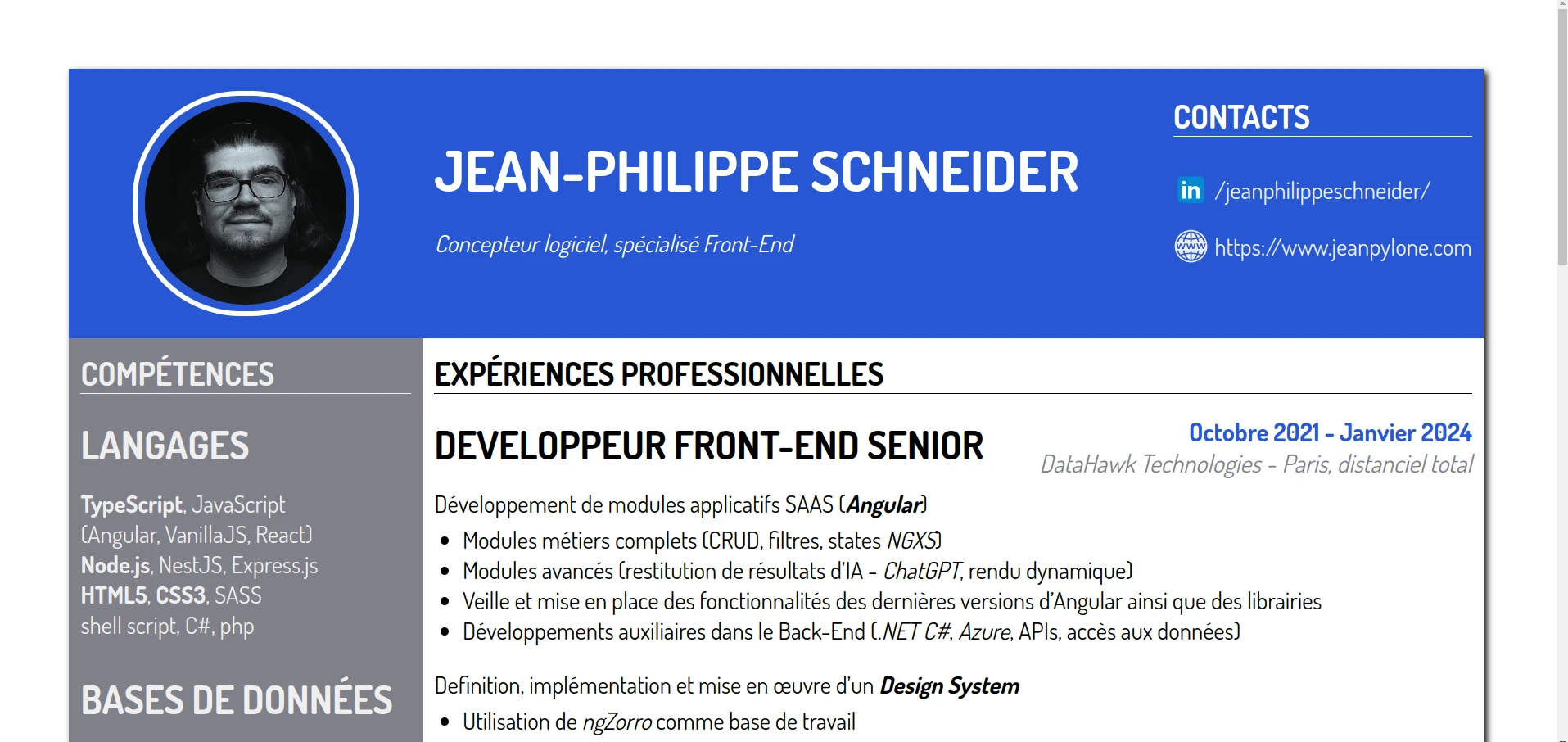Get the expertise
Prime directives
1. support customers in improving their software
2. Provide efficiency keys and architecture for your design system implementation and your front-end development
3. offer assistance with application and web development
4. help with bug fixes and maintenance on customer software
1. support customers in improving their software
2. Provide efficiency keys and architecture for your design system implementation and your front-end development
3. offer assistance with application and web development
4. help with bug fixes and maintenance on customer software

Objectives
Objectives
Get the expertise
that fits your needs
Prime directives
1. support customers in improving their software
2. Provide efficiency keys and architecture for your design system implementation and your front-end development
3. offer assistance with application and web development
4. help with bug fixes and maintenance on customer software
1. support customers in improving their software
2. Provide efficiency keys and architecture for your design system implementation and your front-end development
3. offer assistance with application and web development
4. help with bug fixes and maintenance on customer software

Objectives
Objectives
Character sheet

Name:
Jean-Philippe Schneider
Class:
Senior Frontend Developer
XP:
19 years
Location:
Alsace, France, Europe, Earth
GMT+1
Alignment:
Neutral Good, Remote Worker
Expertise:
Design System implementation, UX sensitivity, Code efficiency, Front-End
With my extensive experience in front-end development, I offer my expertise to help you define your design system, streamline your codebase, and enhance your user experience efficiency.
About me
About me
Character sheet

Name:
Jean-Philippe Schneider
Class:
Senior Frontend Developer
XP:
19 years
Location:
Alsace, France, Europe, Earth
GMT+1
Alignment:
Neutral Good, Remote Worker
Expertise:
Design System implementation, UX sensitivity, Code efficiency, Front-End
With my extensive experience in front-end development, I offer my expertise to help you define your design system, streamline your codebase, and enhance your user experience efficiency.
About me
About me
Services
Services
I love /
I already used
/ I am learning
Skills
Skills
I love /
I already used
/ I am learning
Skills
Skills

DataHawk
webapp frontend design system ux angular backend dotnet azure c# data
Case study

SoloDevCraft
website frontend svelte ssg
Showcase

Jeanpylone
website frontend angular ssg printable
Showcase

Four Js
webapp frontend vanillajs layout design system ux
Case study
Portfolio
Portfolio

DataHawk
webapp frontend design system ux angular backend dotnet azure c# data
Case study

SoloDevCraft
website frontend svelte ssg
Showcase

Jeanpylone
website frontend angular ssg printable
Showcase

Four Js
webapp frontend vanillajs layout design system ux
Case study
Portfolio
Portfolio
Let's get in touch and build something together!
Choose your favorite communication channel and get a new point of view on your challenges.
Send me an email Book a 30 minutes call Ping me on Whatsapp
Contact
Contact
Let's get in touch and build something together!
Choose your favorite communication channel and get a new point of view on your challenges.
Contact
Contact